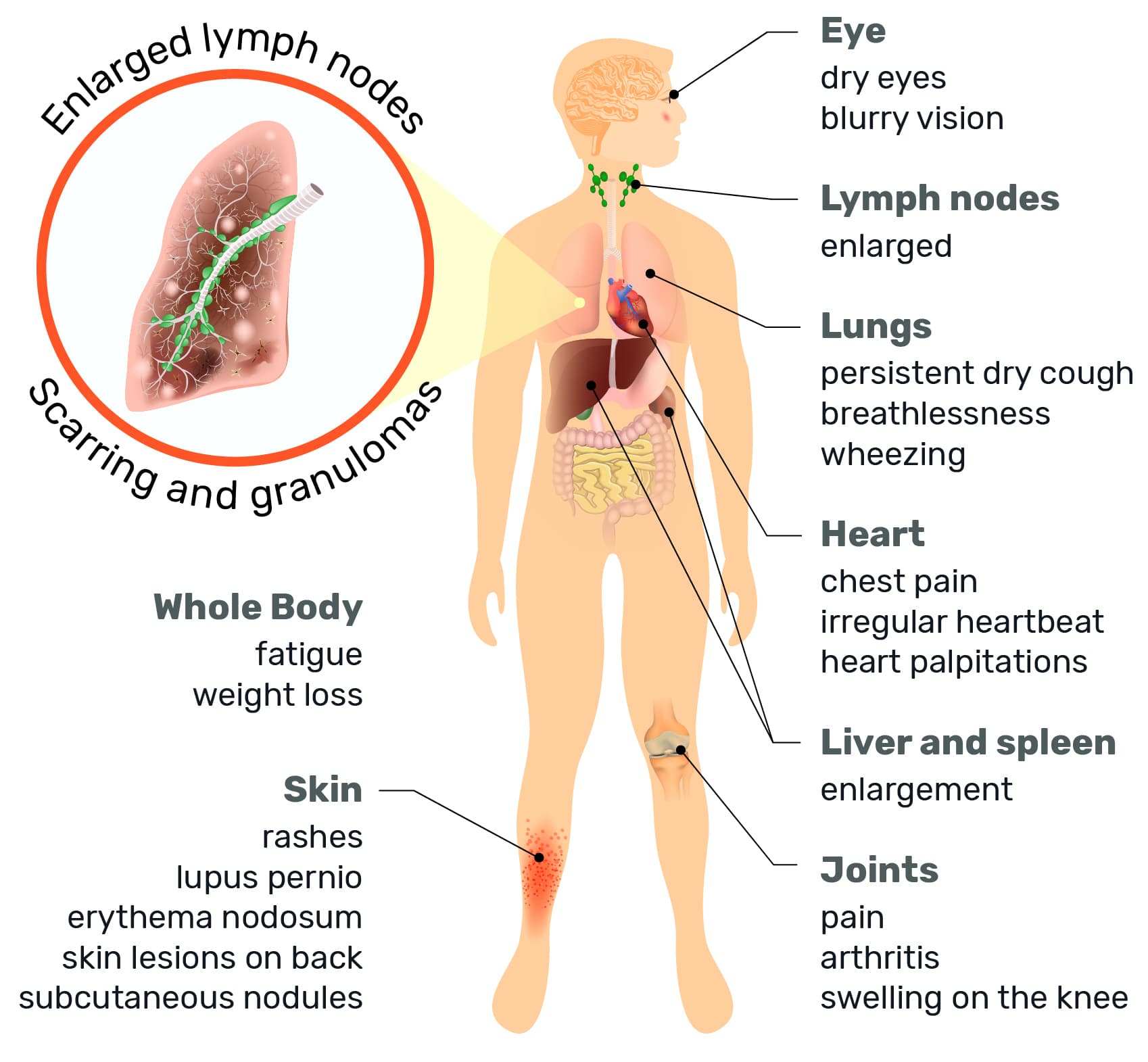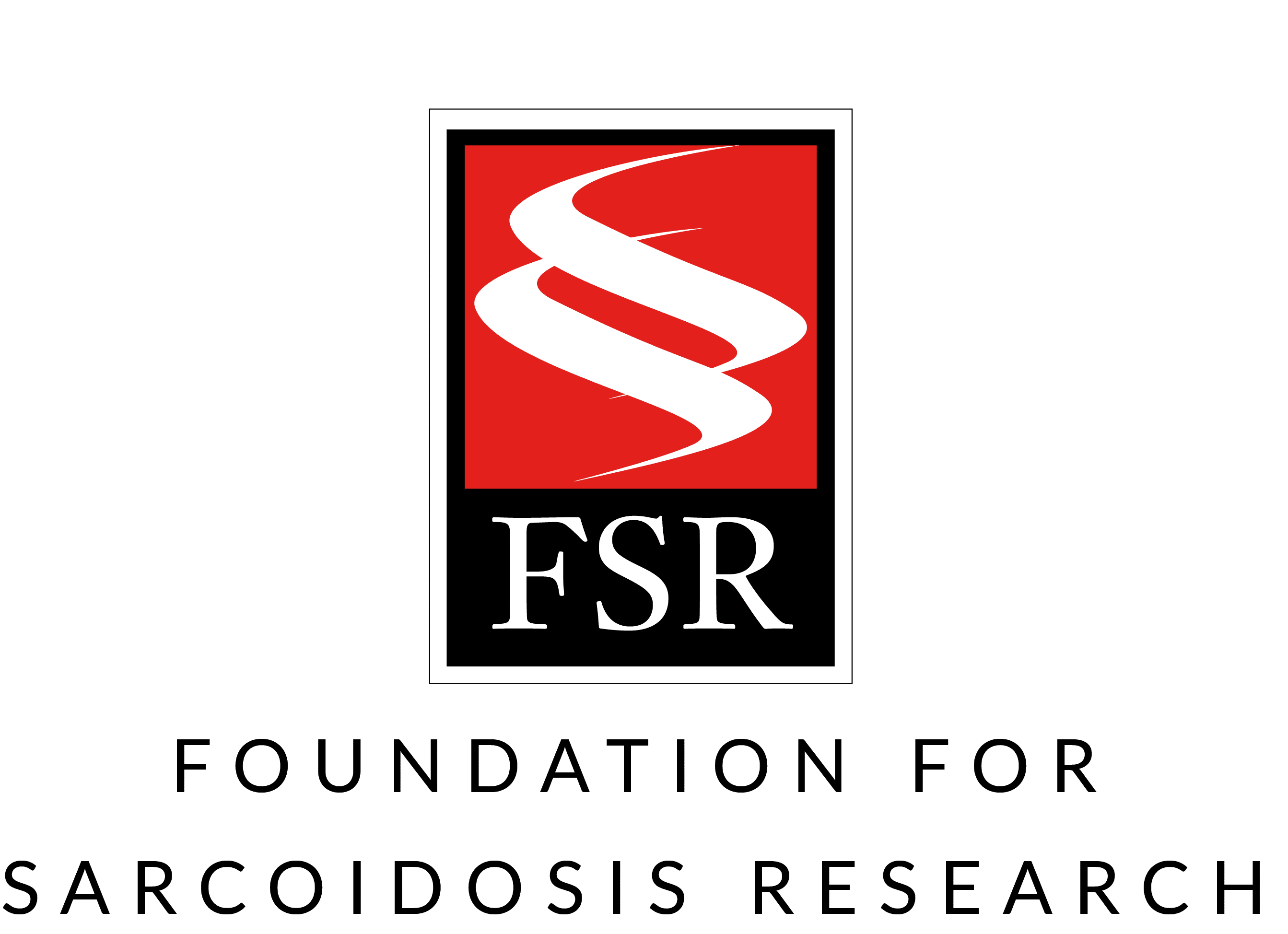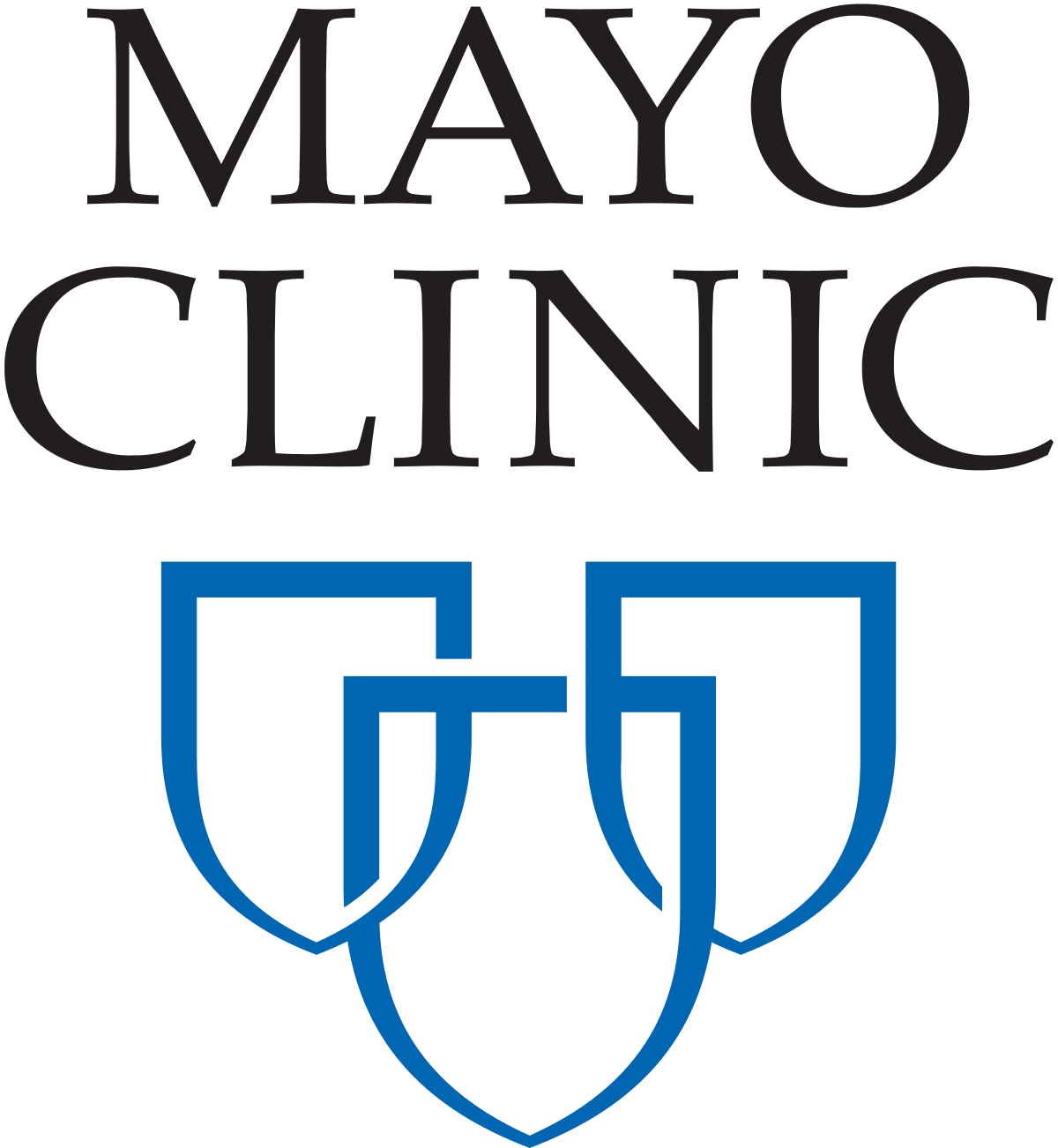Sarcoidosis is a chronic inflammatory disease in which granulomas, small clumps of immune cells, can form in various organs throughout the body. These granulomas can cause significant chronic inflammation, leading to impaired organ function as well as pain and other symptoms. Unchecked, sarcoidosis can lead to fibrosis, or scarring of organ tissue, causing irreparable damage1.
Sarcoidosis affects approximately 200,000 patients in the US alone, and 1.2M worldwide2. Approximately 90% of these patients have pulmonary sarcoidosis in which granulomas form in the lungs potentially leading to enlarged lymph nodes, pulmonary hypertension, and fibrosis3. Pulmonary sarcoidosis can result in patients experiencing breathlessness, fatigue, and overall poor quality of life. In 20-30% of cases, the lung damage is permanent, and patients may require transplantation.
Oral corticosteroids are the standard of care, but relapses upon tapering are common, and side effects from long-term use can be significant: weight gain, hypertension, diabetes, osteoporosis, glaucoma, cataracts, and more4. There are multiple second- and third-line options prescribed off-label for sarcoidosis, including immunosuppressive therapies such as methotrexate and azathioprine as well as biologics such as TNF inhibitors, but their use is limited by side effects, safety risks, slow onset of action, inconsistent effectiveness, and reimbursement challenges. There is clearly a significant need for new medicines that effectively treat sarcoidosis without the safety risks and side effects associated with currently available therapies.
References
- Baughman, et al. Annals ATS 2016
- Denning, et al. European Respiratory Journal 2013
- Sauer, et al. Annals ATS 2017; Baughman, et al. Sarcoidosis Vasculitis and Diffuse Lung Diseases 1997
- Yasir, et al. StatPearls 2021





